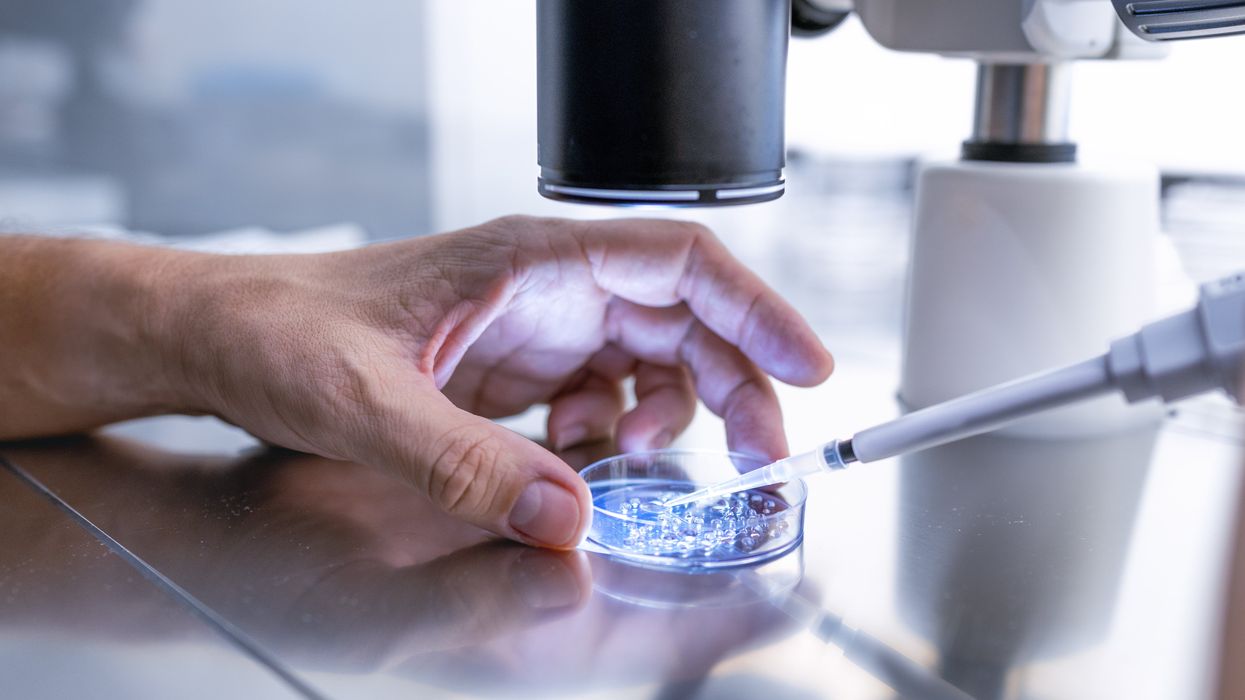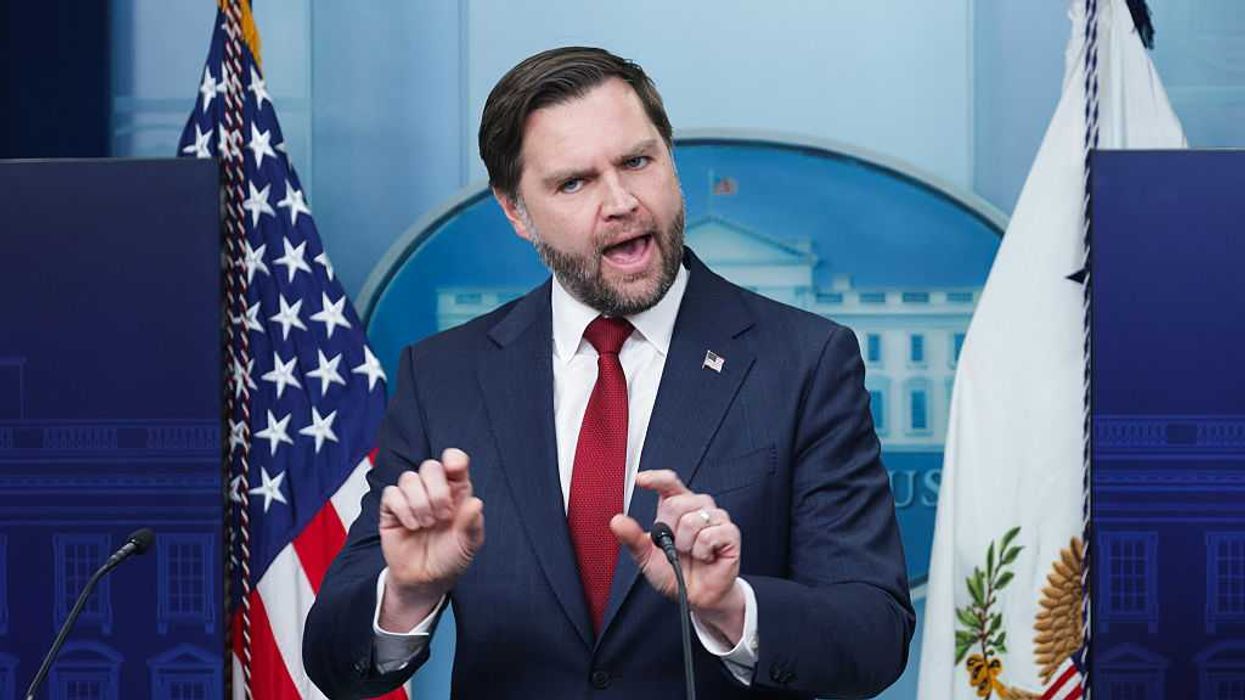McHugh is a board member of Lawyers Defending American Democracy and a former Massachusetts Appeals Court justice.
The Alabama Constitution provides that "no religion shall be established by law" and that "the civil rights, privileges, and capacities of any citizen shall not be in any manner affected by his religious principles." Those prohibitions were forcefully reinforced in a 1998 Religious Freedom Amendment. Like similar provisions of the First Amendment to the U.S. Constitution, those prohibitions are designed to ensure a democratic form of government in Alabama, instead of the theocratic form that roiled the European societies from which early American settlers fled.
Against the historical and textual backdrop of those provisions, it is, to put it mildly, surprising to read the concurring opinion of Alabama Chief Justice Tom Parker in LePage v. The Center for Reproductive Medicine, P.C. That now well-known case involved application of Alabama's Wrongful Death of a Minor Act to the accidental destruction of embryos created through in vitro fertilization and stored in what the court described as a "cryogenic nursery.”
The court ruled that the law applied to the embryos and provided a pathway to financial recovery for their destruction. All members of the court agreed that “an unborn child is a genetically unique human being whose life begins at fertilization and ends at death.” Consequently, five of the six justices agreed that a fertilized human egg is a "minor child" covered by the act, regardless of the child’s viability or stage of development.
Parker’s concurring opinion reveals that he viewed the court’s decision as a launching pad for exploration of the Sanctity of Unborn Life Amendment, which was adopted in 2018. “Sanctity,” the chief justice said, meant "godliness." While some "advocates of the sanctity of life have attempted to articulate the principle on purely secular philosophical grounds,” he observed, "[t]he common usage of this phrase [refers] to the view that all human beings bear God's image from the moment of conception."
But the chief justice made it clear that "common usage" was not a fundamental key to proper interpretation and application of the phrase. Instead, and after quoting extensively from the 17th century theologian Petrus van Mastricht, the 17th century Geneva Bible, Thomas Aquinas, the Book of Genesis, John Calvin and the Sixth Commandment, he asserted that the Bible and other religious texts supplied that key.
As a result, Parker explained, the cited texts incorporated into Alabama law the proposition that “(1) God made every person in His image; (2) each person therefore has a value that far exceeds the ability of human beings to calculate; and (3) human life cannot be wrongfully destroyed without incurring the wrath of a holy God, who views destruction of his image as an affront to Himself." Consequently, he continued, the word “sanctity” in the Sanctity of Life Amendment means that "even before birth, all human beings bear the image of God, and their lives cannot be destroyed without defacing His glory."
Summing up those observations, the chief justice concluded his opinion by saying that “[t]he People of Alabama have declared the public policy of this State to be that unborn human life is sacred. We believe that each human being, from the moment of conception, is made in the image of God, created by Him to reflect His likeness. It is as if the People of Alabama took what was spoken of the prophet Jeremiah and applied it to every unborn person in this state: ‘Before I formed you in the womb I knew you. Before you were born I sanctified you.’ Jeremiah 1:5 (NKJV 1982). All three branches of Government are subject to a constitutional mandate to treat each unborn human life with reverence. Carving out an exception for the people in this case, small as they were, would be unacceptable to the People of this State, who have required us to treat every human being in accordance with the fear of a holy God who made them in His image."
That conclusion, of course, is fertilizer for a theocracy. It is difficult enough for the government to deal in democratic fashion with the often-difficult issues that lie at the intersection of individual autonomy, constitutional rights and public policy. But the democratic process and the tugs and pulls of and between citizens with interests in the outcome have, with a few notable exceptions, made it work for more than 200 years. Injecting religion into that process dramatically reduces the likelihood that the process will continue to produce useful results.





















